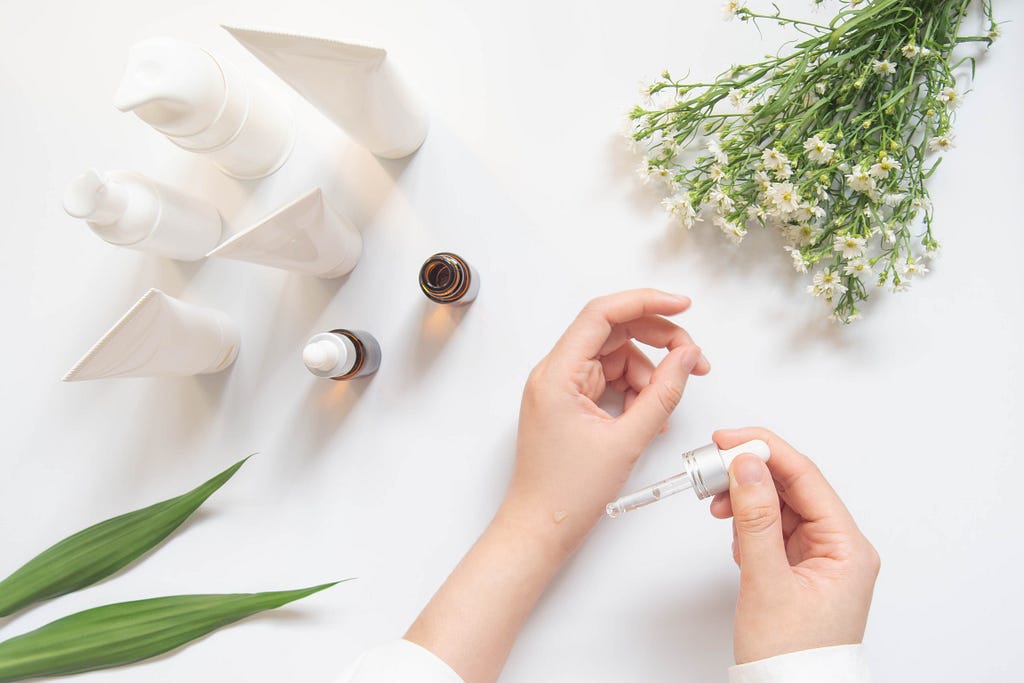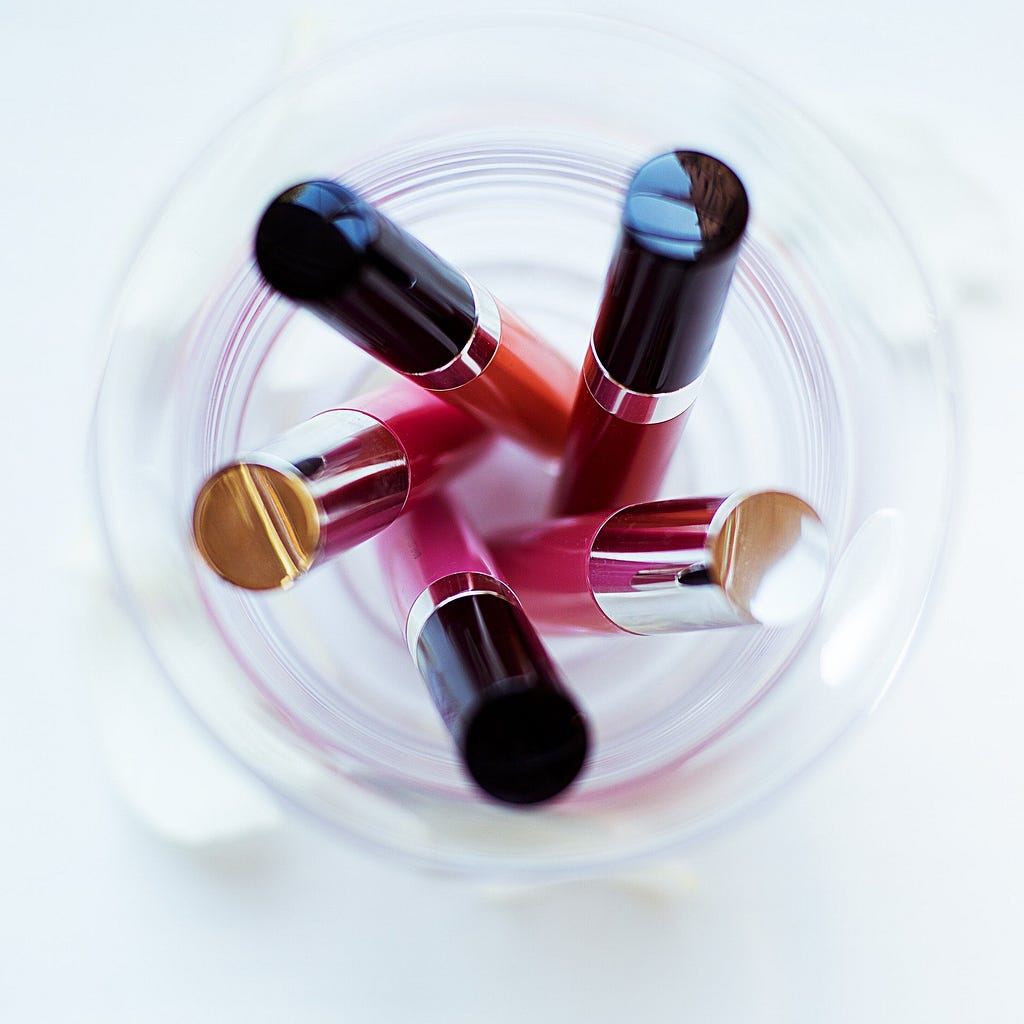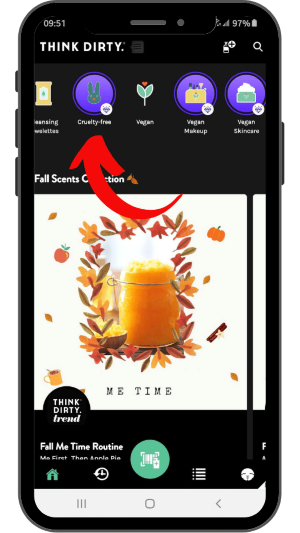
On January 1st, 2021, China’s State Council moved to change its regulations on animal testing for “ordinary” cosmetic products imported into the country. This was seen as a big success for the cruelty-free community. But why does this policy change matter? And better yet, why is animal testing still around, and how did we get here? Today, we tackle how it started, when cosmetics started being tested on animals, why this practice is still around in the 21st century, and what people are doing to combat it.
A Brief History
The first recordings of animal testing date back to the 2nd century BC. It was a way of learning the behavior and biological system of animals, and thus, humans. Fast forward to 1938, where reports about a coal-tar mascara causing blindness and severe eye injuries led to consumer concerns. As a result of the unregulated products, the FDA passed the Foods, Drugs, and Cosmetic Act.
In 1944, toxicologists John H. Draize and Jacob M. Spines developed the Draize Test. The Draize Test is a toxicity test used to determine which cosmetics were safe for eyes and skin. It involved a small amount of product being dropped into the eye of a restrained, conscious animal. After a certain amount of time had passed, the product was then washed out. Observations of the animal were made for up to 2 weeks. Besides the controversial practice of keeping the animal awake, many were killed if the damage was irreversible. The animals used were mainly albino rabbits, but other domestic animals were used as well. These tests are now considered unscientific, as the structure of the rabbits’ eyes is different from those of a human. They would also often have inconsistent and unreliable answers when repeated.
Advocating for the rights of laboratory animals thus began. In 1959, Russell and Burch published The Principles of Humane Experimental Technique. They introduced the idea of replacement, refinement, and reduction for alternative methods to animal testing. These ideas pertained to the thought of removing distress, or “inhumanity” as they call it, in laboratory animals. Here are the exact definitions as listed out by the book for each requirement:
- Replacement: the substitution for conscious living higher animals for insentient materials
- Refinement: any decrease in the incidence or severity of inhumane procedures applied to those animals which still have to be used
- Reduction: reduction in the numbers of animals used to obtain information of a given amount and precision
Over time, the definition of these words was adopted as an ideal standard when looking to replace animal testing.

In 1991, the first measure of success came with the creation of the European Centre for the Validation of Alternatives Methods (ECVAM). Based in Italy, their role is to oversee the development and acceptance of alternative test methods. Following suit in 1996, the Coalition for Consumer Information on Cosmetics was formed. They manage the Leaping Bunny Cruelty-Free certification program in Canada and the USA.
Yet outright bans of animal testing for cosmetics did not start until 1998. The UK was the first to ban animal testing for cosmetics products and ingredients. They were followed by Israel, the European Union, Norway, India, New Zealand, Taiwan, Turkey, and South Korea. Both the US and Canada have yet to pass a country-wide ban on animal testing for cosmetics. Several bills have come and gone, failing to succeed. The most recent Canadian bill, the Cruelty-free Cosmetic Act (S-214), was unable to pass in 2019. Certain states in the US, such as Illinois, California, Nevada, Virginia, Maryland, Hawaii, and Maine, have all successfully passed a ban on the sale of animal-tested cosmetics. The last attempt for the US to pass a country-wide ban was the Humane Cosmetic Act in 2015.
Current Fighters
Now that the history is out of the way let’s discuss some current fighters for animal rights in cosmetics.
The one that you probably have heard of before is the Leaping Bunny certification program. This program is mainly associated with products from North America. It is recognized worldwide as the most reliable way of shopping cruelty-free. Each certified company has to maintain the Leaping Bunny standard and annually renew their membership.
People for the Ethical Treatment of Animals (PETA) is one of the largest international animal rights organizations. Their focus is on opposing speciesism, defined as a human-supremacist worldview. They target laboratories, the food industry, the clothing trade, and the entertainment industry. These areas hold the largest concentration of suffering animals.
Another organization dedicated to cruelty-free practices is Cruelty-Free International. They focus more on overall animal experimentation. Their goal is to eliminate cruel practices worldwide through investigations, petitions, and supporting better science.
If Not Animals, Then What?
With the idea that animal testing is replaceable, scientists and advocates began to look into other methods for determining the safety of cosmetics for humans.
The Organization for Economic Cooperation and Development (OECD) is an intergovernmental economic organization that stimulates economic progress and growth in the world. They also regulate multiple methods used to replace animal testing for absorption, allergies, corrosion, and irritation.
With the advance of science and technology, these regulations have allowed scientists to find alternative methods to test the safety of products and ingredients without using animals. Most of these tests use byproducts from meat manufactures, such as eye caps from cows or eyes from chickens. On occasion, 3D cell cultures are used.

As a consumer, what can YOU do to support cruelty-free?
Want to support the movement? The easiest way to do so is to look for the products with Leaping Bunny certification on our App. Another method is to reach out to your government and find out their policies on animal testing. If you live within the European Union, there is currently a European Citizens’ Initiative to push for stronger regulations on animal testing: click here to sign the petition. If you are in Canada or the USA, reach out to your local policymakers and ask about their thoughts on animal testing, to know whether or not to support them in the next elections.
Disclosure: Think Dirty is a professional review and product rating website and mobile app that receives compensation from the companies whose products we review and rate. We are independently owned, and the opinions expressed here are our own interpretations of trusted sources.
Animal Testing: A Cosmetic History was originally published in Think Dirty on Medium, where people are continuing the conversation by highlighting and responding to this story.